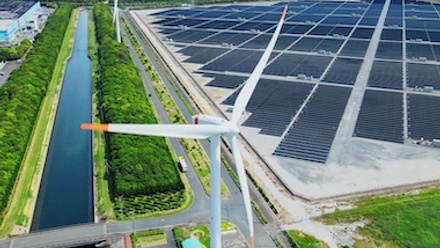Lessons from Australia: the gender gap in superannuation savings
While compulsion and credible employer contributions mean that most Australian workers have now started to build solid retirement funds, there is still a sizeable gap between women’s and men’s pension savings. Data from the Australian Bureau of Statistics (ABS) shows that the woman’s average superannuation balance is $196,409, which is 63% of the man’s at $310,145.
However, the gap is starting to close. Research bureau Roy Morgan found that in 2008 there was a 9.1% gap between the number of women with ‘supers’ and the number of men (57.4% and 66.5% respectively). Now, that gap has narrowed to 4.3% and the average balance of funds held by women has grown by 87% over the last decade, compared to an increase of 53% for men.
Both men and women in Australia risk a ‘super shortage’, meaning that their savings aren’t sufficient to sustain the lifestyle that they want in retirement. Women who retire at 65 currently risk having a shortfall of 14 years’-worth of funds between their financial aspirations and their actual savings – and the gap is also 12 years for men. And, further research has shown that less women are topping up their super (with voluntary contributions) than nearly a decade ago.
With this in mind there are three areas that employers in Australia are considering to reduce the difference in retirement savings between men and women.
Knowledge is Power
Empowering women through education, making them aware of differences in savings rates and the gap between their aspirations and actual savings is vital, as is making sure women become financially literate as early as possible. Research by Merrill Lynch, Women & Financial Wellness: Beyond the Bottom Line has shown that women tend to be less confident when it comes to investing. Targeted initiatives with financial adviser can be extremely effective.
Relationship rights are another major consideration. In common with many other countries, Australian women tend to be the primary caregivers, and therefore are more likely to take care breaks and change career patterns. This is one of the root causes of the current gap in savings between men and women, and separation in marriage can make the problem more entrenched.
Automatic Escalation
Voluntary automatic escalation is another way of helping women to boost their savings over a concentrated time period, through increased employee contributions. For example, an employee could increase their contribution by 1% per year, up to 10% over time, with employers matching the contribution.
Behavioural economists Richard Thaler and Shlomo Benartzi have shown how well our own inertia can work, especially well when it comes to retirement savings. According to Thaler, investing for retirement is especially difficult because the benefits of their choices are so far down the road. Automatic escalation can provide employees with a helpful nudge toward saving, as commitment to increase savings is made in advance.
Parental Leave Booster
Finally, organisations need to recognise that if they want to create financial parity they need to address structural disparities. Paying super contributions during parental leave is one of those.
Employers could maintain the full, or part, superannuation contributions for the parental leave period and include unpaid parental leave. This would form a good gender equaliser and could also be an attractive employee benefit.
We are increasingly seeing employers boosting superannuation contributions both on paid and unpaid parental leave. The latest example is the City of Sydney which has recently announced that it will be extending the superannuation paid to employees on parental leave from 18 to 52 weeks. Similarly, the big four banks and several property and financial services are already paying super on parental leave up to two years.
Francesco Dama is reward specialist at Pacific National






